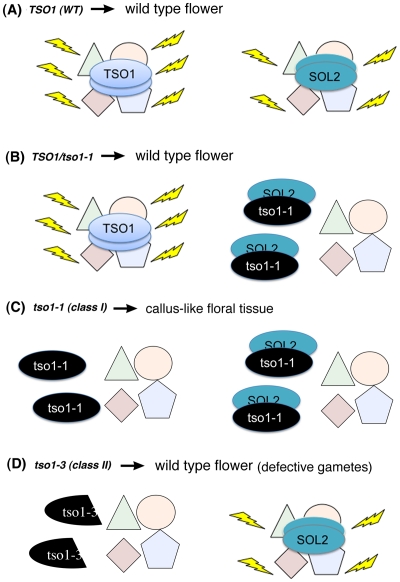Figure 7. A proposed model on the molecular mechanism of tso1-1 antimorphism in the context of flower development.
(A) In wild type (WT), TSO1 and SOL2 function as essential components of two independent, yet functionally redundant, chromatin complexes. Yellow flashes indicate functional complexes. (B) In tso1-1/TSO1 heterozygous plants, TSO1, at half of the wild type amount, is sufficient to confer wild type phenotype even in the presence of tso1-1, which completely or partially disables SOL2. (C) In tso1-1/tso1-1 (class I) mutants, both TSO1 and SOL2 are nonfunctional due to an absence of wild type TSO1 and the inhibition of SOL2 by tso1-1. (D) In tso1 class II mutants, such as tso1-3 or tso1-5, SOL2 is functional and compensates for a lack of TSO1, leading to the development of normal flowers.

